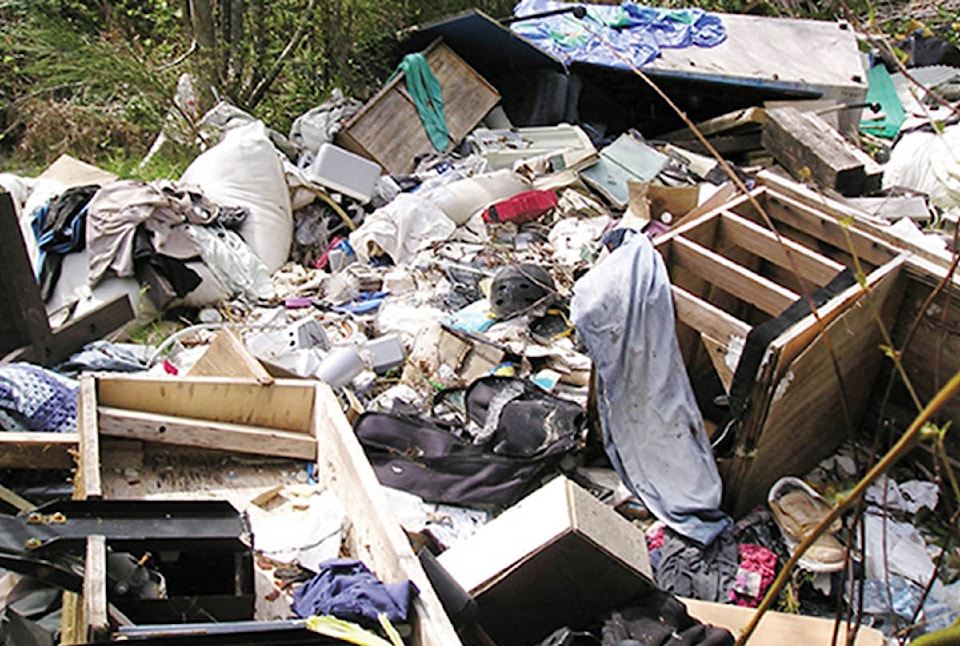Clearly Cowichan has an illegal dumping problem.
In just two community clean-ups, one at the beach in Mill Bay and another in the Sahtlam area of the Cowichan Valley Trail, some 2,700 pounds of garbage has been collected.
A drop in the ocean compared to what must still be out there in all the other areas of the Cowichan Valley. It’s madness.
We applaud the groups that have so far taken on these clean-ups in response to the Cowichan Valley Regional District’s trash pick-up push (#CleanUpCowichan) in conjunction with the popular international #TrashTag, and those that have scheduled clean-ups still to come.
Not only does picking up the garbage in our communities make them more beautiful for residents and visitors alike, it also discourages problems like the proliferation of rodents (Duncan was recently named No. 8 on the list of B.C.’s rattiest cities) and other pests. Other negative impacts can include foul smells, spreading of invasive plant species, and other degradation of the environment.
But we need to get to the heart of what’s creating the problem — illegal dumpers.
We find it bizarre that people will take the time to clean up their own immediate environment collecting their trash from their yard or house, only to then dump it in either a public place or on someone else’s property. That’s not tidying up, it’s just moving the dirt from one place to another. While you’re at it, why not move it to one of the Cowichan Valley’s garbage transfer stations — that’s what they’re for, after all. You wouldn’t sweep a pile of dirt into a dustpan from one corner of a room only to tip it into another, you’d put it in the trash can. The same principle applies.
It’s even easier if all you’ve got is a fast food wrapper or cup. Just simply hold onto it until you see the next garbage pail.
If you see a friend or family member littering speak up. We need to make it socially unacceptable.
We all live in our communities together. What do we want them to be like?
